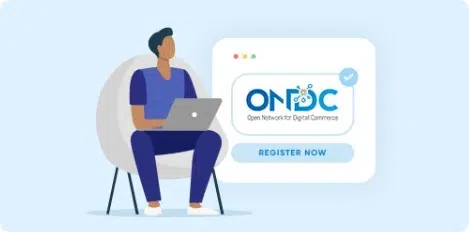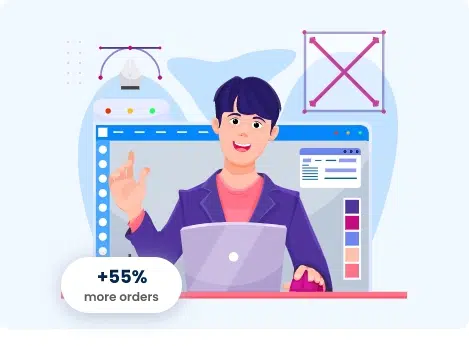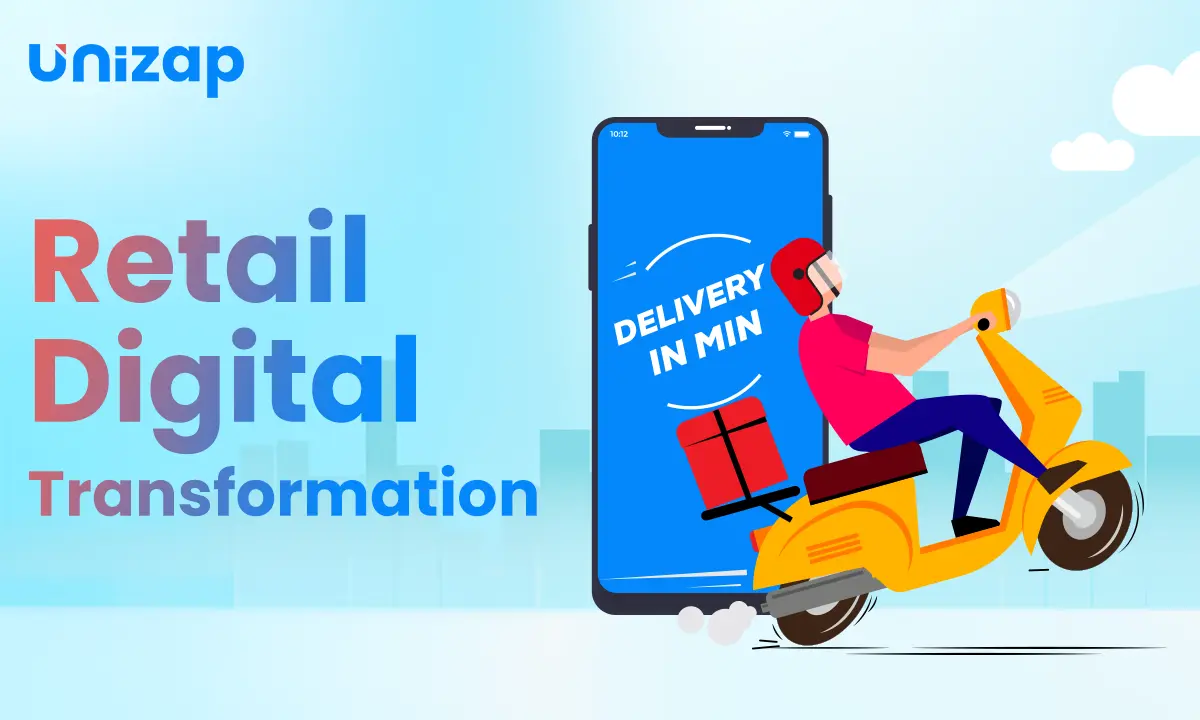Introduction
It’s fair to assume that the e-commerce market is flourishing, with more Web users shopping online every year. As a result, almost every primary shop in the world now has an online presence, and new internet-only stores appear daily.
[elementor-template id=”40860″]
Consumers will benefit from this since they will have more choices than ever before when buying a product. However, this implies that online shopping is becoming a more highly competitive market, so adopting social media for e-commerce is so important.
What is the definition of e-commerce social media?
The practice of using social media to sell an e-commerce store is known as e-commerce social media. Ecommerce shops can just use social media to boost brand exposure, get online followers, and increase sales. Firms can also utilise social media to spread the word about their company, portfolio, and products.
Benefits-
1. Increase your online presence
Given that 71% of people with Internet connectivity use digital platforms, practically any firm may prosper from using social networks Such as Facebook, Twitter, and Instagram to sell their products. This is particularly true for e-commerce businesses.
2. Search where the target audience spends the most time.
You can reach users by optimising your site for search engines and performing PPC advertisements. So while they’re constantly looking for relevant things, you may reach out to them through social media and in their favourite online locations.
3. Have a lighthearted conversation with your target audience.
In addition, unlike any other advertising medium, social media allows for far more informal communication with potential clients, allowing for two-way interactions with interested people.
4. Assist in the spread of your brand on the internet.
Because of the popularity of social media, your existing consumers can promote your name with their loved ones, which is excellent for any online business.
5 Tips for maximising the benefits of e-commerce social media
You intend your time and energy invested in e-commerce social networking promotional activities to be worthwhile. These five tips will assist your company in making the most of online media platforms, allowing you to increase your return on investment.
- Instead of focusing on the most popular networks, concentrate on the networks that your audience utilises.
- Allow time to reply to user queries, concerns, and reviews.
- Increase your engagement rates by posting photographs and videos.
- Increase engagement, clicks, and sales by boosting or promoting content, like on Facebook.
- To connect with the customers at a low cost, team up with micro-influencers.
The topmost e-commerce greatest social media platforms
It’s easy to get started with social media advertising, and you can create profiles for your company for free.
As a result, you’ll need to figure out that each channel integrates into your marketing strategy and make plans appropriately.
Here’s what to do, to begin with, top effective e-commerce social networking sites:
Facebook is a reasonable starting point for an online marketplace because it is the most important social media marketing tool on the planet.
With nearly 1.5 billion users worldwide, you can be confident that at least some of your prospective consumers are using it. Furthermore, those spend an average of 40 minutes per day on the site, indicating that they are not simply monitoring their alerts and then departing.
This should be your early phase if you haven’t already set up a company page on your online store. Then you may start sharing product photographs, sales promotions, links to intriguing stuff on your site, and things you want your followers to visualise.
Another excellent channel for e-commerce businesses is Twitter. It has 800 million users, and 52% of them say they’ve purchased a product after seeing it on Twitter. Furthermore, 81 per cent feel Twitter has a more significant influence on their shopping decisions than television advertisements.
Sharing sales statistics and referring to product pages are effective ways to start discussions about your business and generate visitors to your website. Twitter is also necessary for efficient customer support because many of its customers now tweet straight at brands to voice their views and ask queries.
You may also use Twitter to launch ads and focus an audience based on who they follow and what they tweet. So if you’re trying to diversify your paid advertising alternatives, Twitter could be an excellent place to start.
Snapchat
Snapchat is an excellent method to give consumers a behind-the-scenes glimpse at your brand, even though it’s uncharted ground for marketers. Moreover, it’s a fair bet that at least a few of your possible buyers use it because it has 150 million daily active users.
If you choose to use Snapchat as part of your strategy, make sure to mention it on your other social media pages such that your visitors expect to find you. Then, to give your audience an inside insight into your company, share photos, videos, and any noteworthy changes to Snapchat.
Instagram is centred on social networking, making it the perfect channel for any retailer looking to showcase their wares. Furthermore, with 500 million monthly users, the likelihood of your potential clients being on the site is incredibly significant.
You may use Instagram to show users a behind-the-scenes peek at your company concerning publishing product photographs. Consumers now are willing to comprehend more about the brands they like, and images of your employees highlight the people behind the brand.
[elementor-template id=”40866″]
Conclusion
Your objective as an internet retailer is to increase revenue every day. While various digital marketing platforms can assist you in achieving this aim, social media is the only one that guarantees new and recurring clients.







